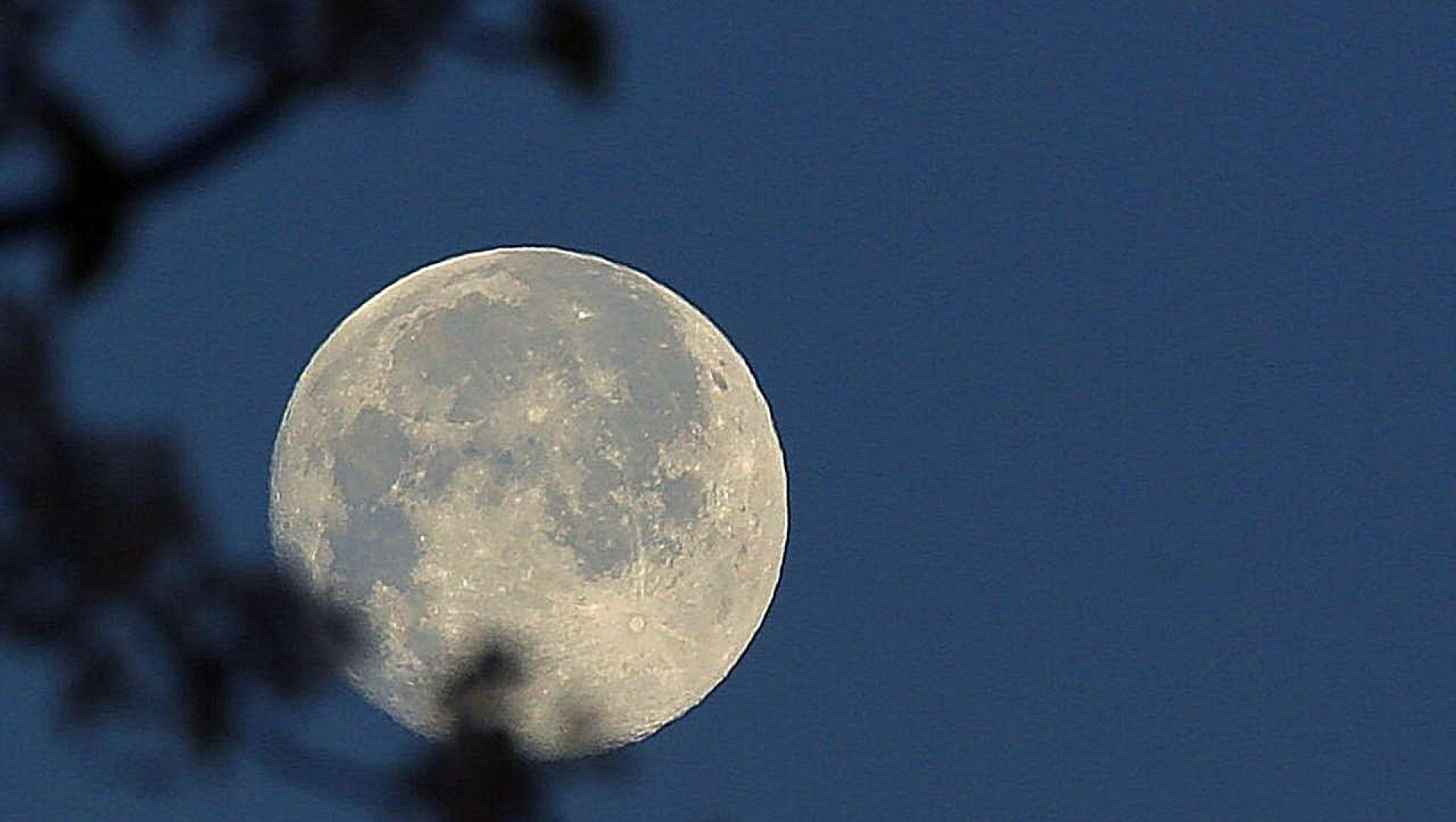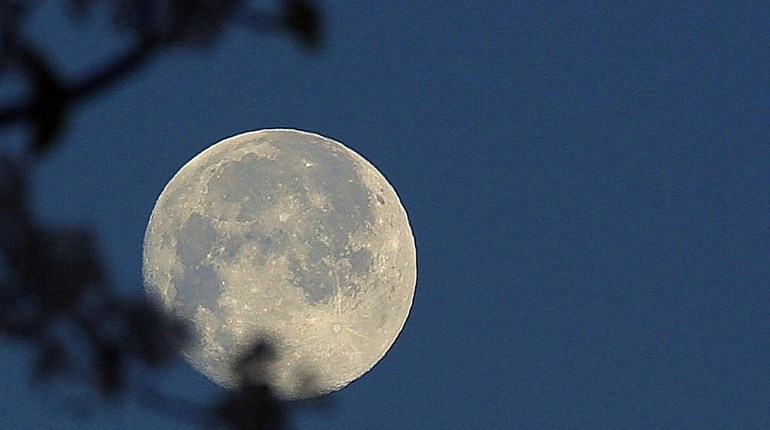
Blazing temperatures can put a damper on outdoor fun during the day. So why not head outside after dark? Bring a friend and explore one of the following options under the cover of night.
1. Watch wildlife
Observing wildlife at night is a great way to connect with nature – and there’s a variety of opportunities. You might spot mammals like raccoons, deer, bats and coyotes, as well as owls, frogs, toads and fireflies. To prepare, familiarize yourself with the habitat and the types of animals you might encounter. Dress in dark, quiet clothing and bring a flashlight or headlamp with a red filter; binoculars; camera; insect repellant and comfortable shoes. If you have a thermal optic, now's the time!
For your best chance at spotting wildlife, be patient, move quietly, use red light and stay downwind. It’s also important to be safe, so go with a friend and have a plan. Let someone know where you’re going and when you plan to return. Also, be respectful of the wildlife you see and practice leave-no-trace principles.
2. Campground games
Dark skies can add extra excitement to ordinary campground games – and give kids an alternative to screen time. After sunset, get your group together and play games like Truth or Dare, Telephone or Hide and Seek. You can modify Hide and Seek to be played with flashlights; whoever gets caught in the flashlight’s glare is out. Set boundaries so kids know how far they’re allowed to wander.
Light-up or glow-in-the-dark toys are great options as well. Before your next camping adventure, buy some glow-in-the-dark ring toss or cornhole equipment. Glow sticks or glow-in-the-dark Easter eggs can be another source of fun.
3. Observe the night sky
The night sky holds wonders year-round. Find a place away from city lights to sit back and enjoy the view with family and friends.
In August, you can look forward to a couple astronomical sights. One is the Perseid meteor shower, the largest of the year, which peaks on Aug. 11 and 12. During the peak, you might spot as many as 50 meteors an hour, which rises to 90 or more if you can find a true dark sky location. This year’s display should be especially good as the moon will set in time to see the action. The best viewing is from midnight to sunrise, but any time after dark will work.
On Aug. 19, you can observe the full Sturgeon Moon, which is the first supermoon of the year. A supermoon occurs when the moon is full and at its closest point to Earth. It also happens to be a blue moon, which is the third of four full moons in an astronomical season.
4. Go mothing
One fun way to discover the wildlife around you is through mothing – using a light to look for moths at night. Mothing can be done anywhere there are plants for their caterpillars to eat, so a backyard, forest, garden or woodland area can work. You’ll need a light source, such as a flashlight, lantern or porch light, as well as a flat surface such as a bedsheet, towel, shower curtain or laundry basket.
Before you head out, check the weather – clear nights with no rain are best. When ready, hang up your sheet and aim your light source at it. Then be patient, as it may take a while for nearby moths to see your light. Wait and see what lands on your sheet and be gentle. If you want to observe a moth up close, approach it slowly and gently. Moths can be easily startled and may fly away if disturbed.
Consider taking photos or notes to document what you see and to help with identification. You also can check back periodically from dusk to late evening, which is when moths are most active; you might spot different species.




































